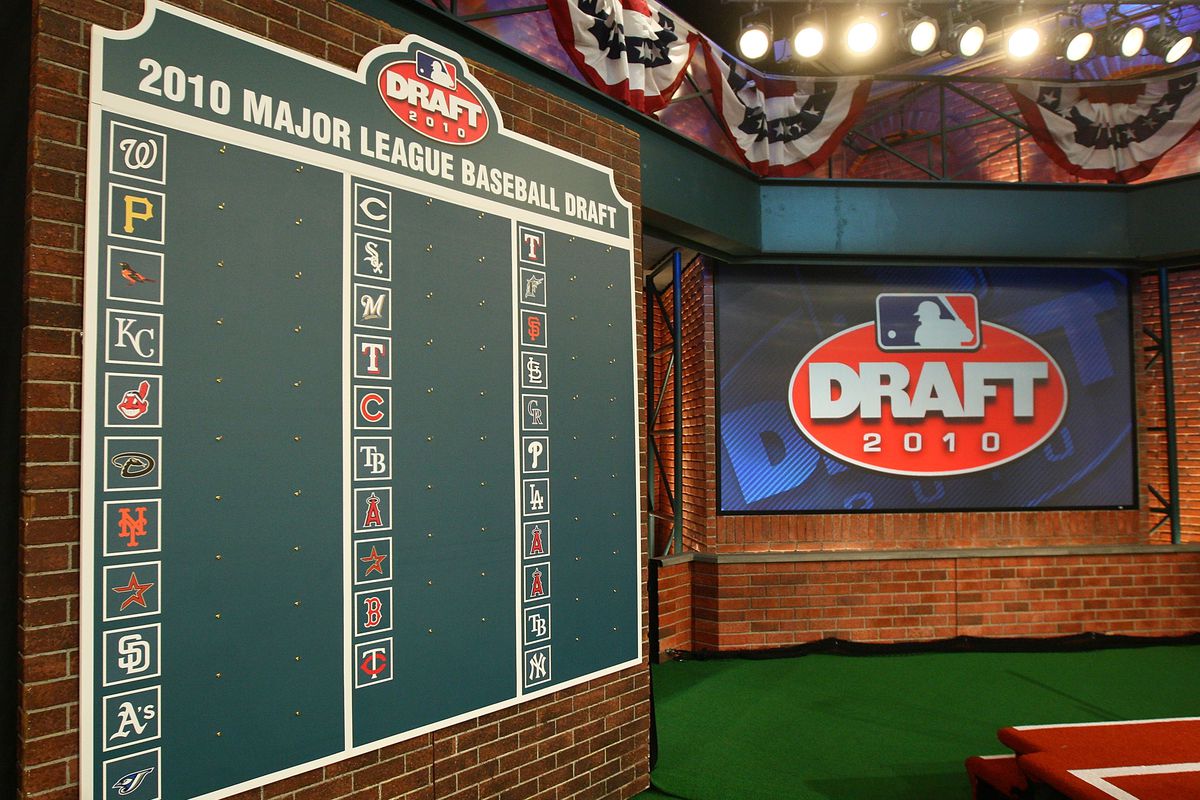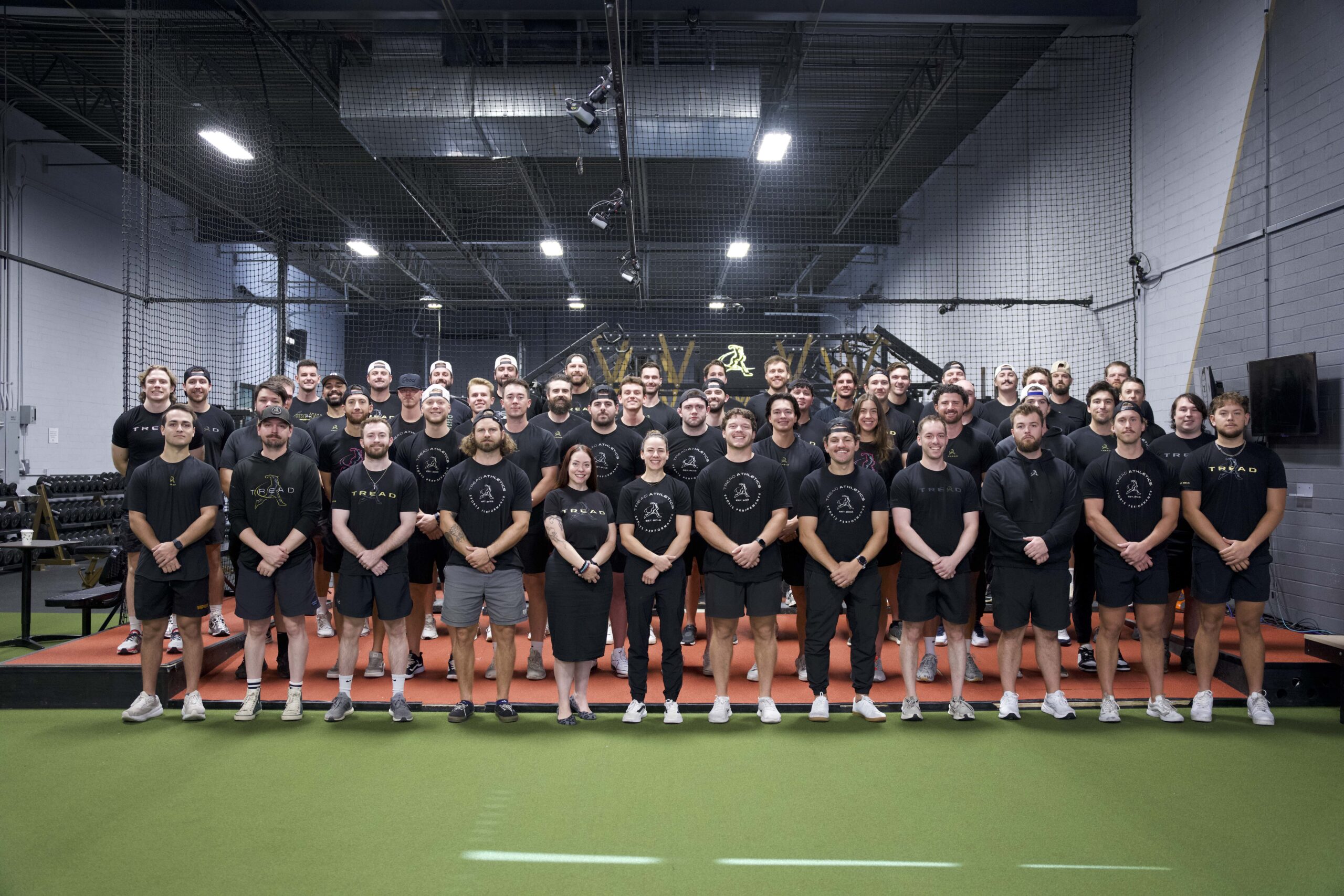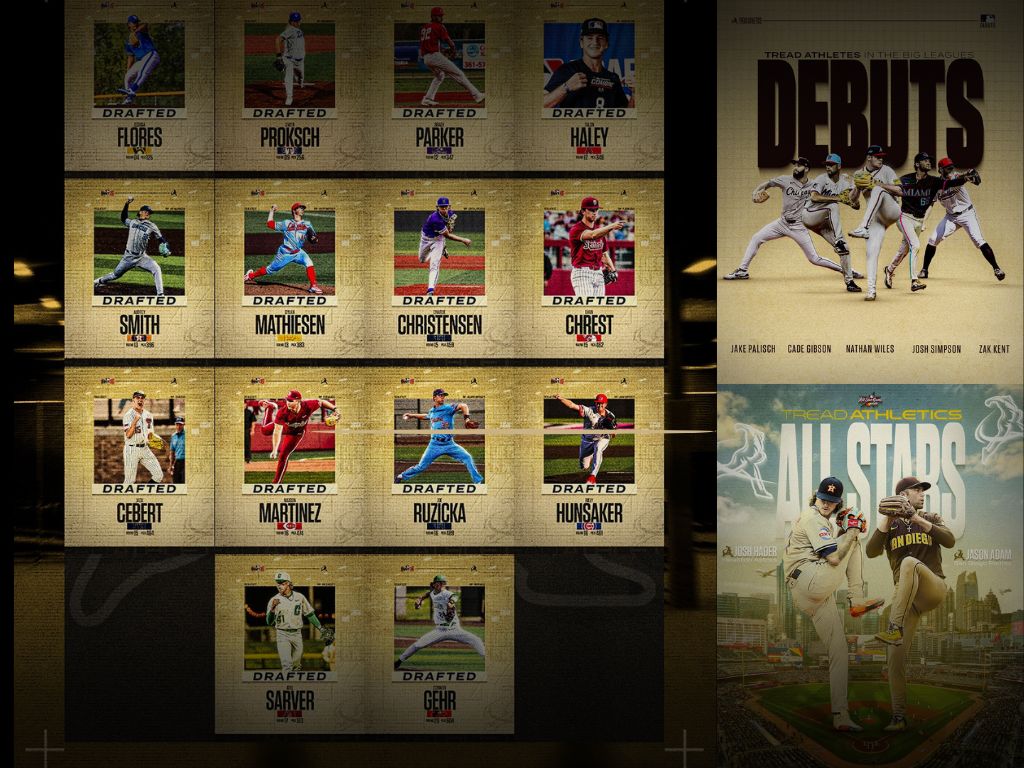by Warren McAlpine
Today’s guest post comes from Warren McAlpine, an up and coming trainer, amateur powerlifter and former baseball player who is currently pursuing his degree in Physical Therapy.
—
1990’s-early 2000’s
As a kid who grew up in the 90’s and early 2000’s access to baseball training information was limited. The process of getting information was to ask the local legend how he got his 90 mph fastball and played in the big leagues. This was usually met with a variety of replies, from “I had a God-given arm” to “one spring I returned from a growth spurt and was throwing much harder”… or, “I just long tossed one summer and gained 10 mph.” As a child, ignorant of most physics concepts, the questions usually stopped there. Most people do not drill down to the next level – like what makes a God-given arm? It is true, certain athletes shoulder girdles and layback are predisposed to throwing objects; hence, the ‘God- given arm.’ But, what if you were not born with a God-given arm? How do you increase your velocity? The most logical step is to become “more forceful” through any means possible.
Now for the science!
Acceleration and velocity
Newton’s second law states that when a constant force (your physique) acts on a body (baseball), it causes it to accelerate, i.e., to change its velocity, at a constant rate. In the simplest case, a force applied to an object at rest causes it to accelerate in the direction that the force is applied.
Where; Force = Mass * Acceleration(Velocity^2)
Force is therefore a product of velocity and the direction.
What we can deduce from this equation is that there is a linear relationship between mass and force and an exponential relationship between velocity and force. The exponential component is in part why guys like Chris Sale can have high velocity outputs, despite a lower body mass. They have the arm and shoulder structures necessary to accelerate a 5-ounce object near 100 mph at less than 180 lbs. But for vast majority of the 95mph + guys, they rely more on mass. How much mass? Try around 175-180+ lbs. of lean body mass. And the shorter you are, the more important lean body mass is to throwing gas (you have less room to get creative with your leverages). For most, there isn’t any way around gaining lean tissue to throw harder.
—
Average Bodyweight of Major League Players
1990: ~191 lbs.
2017: ~213 lbs.
Subsequently, the average 4 seam fastball has risen from 89.2 mph in 1990 to 93.3 mph in 2017. Ask any pitcher how hard it is to raise your average velocity 4.1 mph at that level of specificity? In 1990, a left-handed pitcher throwing 90 mph would get you drafted in the top 3 rounds of the MLB draft. Now, it only gets you college attention and possibly a late round draft pick.
Source: Mlb.com
Source: fangraphs.com
One hitting note, if you were paying attention to baseball in 1998 during the Sosa vs. McGwire Home Run Chase, their increased bat speed that was sending balls 550 ft. into the stands had little to do with any changes to swinging mechanics and had almost everything to do with the fact that they were each carrying about 25-30 lbs. more muscle mass than they did when each were rookies. If you recall what is now baseball history, these two were later indicted on anabolic steroid chargers that darkened the game for about a decade. But many still missed the lesson this drug-use provided.

Despite all the evidence that increasing muscle mass increases your ability to apply force to an object, you will still run into many pitching coaches, throwing gurus and hitting instructors who still claim that you don’t have to gain muscle mass to throw or swing a bat harder. They often will comment, “it’s all about mechanics,” or “weightlifting will make you inflexible” while failing to articulate exactly what mechanical competencies you are gaining while under their instruction.
It is true, lifting weights is not a prerequisite for every pitcher to throw 90, 95 or even 100 mph. Some of the athletes at the highest level are so physically endowed with an athletic predisposition to throw gas that it seems unfair. They can thank their parents. They are the 1% of the 1%. But, for you the reader, it is much more likely that your primary avenue to throwing harder, starting for your high school varsity team, receiving a college scholarship, or getting drafted is to get stronger and gain muscle mass.
For the novice, you will immediately run faster, throw harder, jump higher and even become more coordinated after you have started a weight training regime. This effect dampens as you become more intermediate and advanced in your training history. Said another way, your velocity return will not be linear, but the trend will still be positive over time. This does not even include the psychological benefits you gain from appearing bigger on the mound or filling out your uniform at the plate.
[Editor’s note: Ben documented his lean body mass progression through high school and college – note this point of diminishing returns as he became more advanced.
—
Visually, think of it this way:
Graph 1: Normal distribution for high school fastball velocity
Your propensity to throw hard is likely at the mean. In other words, your genetic endowment to throw hard is likely square in the middle. I know this by just implementing a basic understanding of statistics. This near average velocity is likely in large part because the amount of lean body mass you are carrying is also likely near the middle. So, for most of the high school students reading this article, your mound velocity is most likely between 76-84 mph. The further along you are on this scale, the better, especially if you haven’t spent any time lifting weights.
Graph 2: Distribution of high school lean body mass
Fortunately, this is the area that you can influence the most despite your genetics. Taller guys will have an advantage (about 8-10 lbs. of lean mass per inch of height), but everyone can improve their lean body mass by adhering to a consistent calorie surplus diet and strong work ethic in the weight room that includes some form of progressive overload. Remember, lean body mass (LBM) is your mass minus how much fat you are carrying.
Lean Body Mass (LBM): Total Mass (what you weigh on the scale) – Fat weight
Example: A 200-pound athlete at 20% bodyfat has a LBM of 160 lbs. Or 200 lbs. – 40 lbs. of fat.
For athletes out of puberty, just eating will not likely add muscle. You need to train and train hard.
—
How fast can you move toward the right of the curve?
A post pubescent novice athlete, who has never trained, can gain up to about 20 lbs. of lean tissue within one year of dedication on a properly structured nutrition and training program. Let that sink in: one year of weight training and dieting in a scaled calorie surplus and you will be able to move 1.5 standard deviations from your starting point in lean body mass. So, if you are a 16-year-old starting at around 130 lbs., you can expect to move to 150 lbs. in 12-18 months of work. Match this with an above average throwing program and you are likely to see 1.5 deviations of improvement in your pitch velocity. With this understanding in mind, it would behoove you to set aside a significant part of your sports calendar lifting weights. For parents, the next time you are considering spending $5,000 for your son to play travel baseball, a better investment is to spend that on either weightlifting equipment, strength coaching or better nutrition for your child. Contrary to what many coaches will tell you, the entrance exam for college coaches and pro scouts is not does the athlete throw strikes? —it is simply— how hard does he throw? Or, for the professionals—how hard will he throw at 21-24 years old? Many learn this harsh reality too late, or were unequipped with the right information to improve the velocity gaining process. I’m not saying to ignore strike-throwing, just to align the training priorities where the college coaches and pro scouts do.
What the 13-18-year-old lean mass gain should theoretically look like for a high school pitcher:
Graph 3: Ideal youth LBM progression
***Orange line indicates what an athlete can expect to gain in mass by just growing and matriculating in the process of becoming a young adult. Citing an earlier claim, 136 lbs. is the average LBM for high school baseball players. If you have made it this far through the article, I can assume you aren’t interested in being average or throwing 80 mph at 18 years old.
Notice that the mass gain is nonlinear over the duration of a year and nonlinear over the 5-year span. Most simply said, your muscle mass gain will not be in a straight line. Peaks should be met before the season begins, with slight decreases (after the inflection point) in LBM as the season goes on. A good strength coach will have you on “maintenance program” that will hopefully keep that hard-earned mass on you as the season endures. The sooner you start tacking on good mass to your frame, the more likely your body is going to figure out how to put that force (F=ma) behind the baseball. One more note, under this model, the gaining durations are shorter for your seasons and grow as you age. For an athlete whose clock is ticking (i.e., 17+ years old) it may be worth considering an abbreviated season and focusing more on mass/strength gain (see: Should I Play Summer Ball).
—
Other Implications
If you look at the graph, I took 120 lbs. as the average lean body mass for a 13-year-old. Some will be above this due to height, some will be below. Even if you are at the average you can still land at around 165-170 lbs. of LBM by the time college and pro scouts are interested (17-18 years old). If you are a 13 or 14-year-old reading this, the journey is full of hard work and some uncomfortable eating and lifting at times. However, if you begin at the right time, the average athlete can be carrying about the same lean body mass as your local major division 1 college player. Don’t ever let someone beat you on the things you can control.
[Editor’s note: TreadAthletics is working on a comprehensive youth training guide, estimated for a December 2018 release. The goal of youth training, as Warren alludes to, isn’t to treat young athletes as elite ones, but to begin introducing them to fundamental motor patterns, neurological adaptations, and prepare them to take advantage of the potential muscle growth that comes with the onset of testosterone and puberty]
You need to lift weights if you want to throw harder.
—
“Projectability”
Scouts, both college and pro, have long sought out taller pitchers in pre-draft and draft scenarios looking for pitchers who will develop because they are “Projectable.” What these scouts have noticed is that taller pitchers typically develop later in their careers. The devil is in the details here, what this trend is mostly hiding is that these players are just able to gain more mass, it just takes longer for that process to mature.
—
Closing Thoughts
All else equal, bigger guys throw harder! And guys with “whip arms” – great external rotation and layback also throw hard. Can either of these qualities be trained? The answer is yes, but by far away the easiest and quickest return is going to be gaining lean mass through strength training. Gaining external rotation from throwing, soft tissue work and mobility exercises are important as well. Adjusting someone’s anthropometry (limb structure and measurement) is out of the picture without some very creative surgery.
There is a scene in the movie Moneyball, where Peter Brand is discussing the “epic failure to understand where runs come from” to General Manager, Billy Beane. This conversation was the cornerstone to the birth of Sabermetrics (a statistical understanding of baseball). Now, almost every team in Major League Baseball has some sort of Sabermetrics team working on decodifying run production and other player metrics. Understanding where velocity comes from is the next wave in the evolution of the game and will shape its future. Guys are throwing harder than ever and the entrance exams for the collegiate pitching and the professional pitcher are only getting steeper.
—
Looking to learn more about the nuts and bolts of training a pitcher for strength and size? Check out Building the 95 MPH Body.
Questions or comments? Leave your thoughts below, or email us at contact@treadathletics.com









